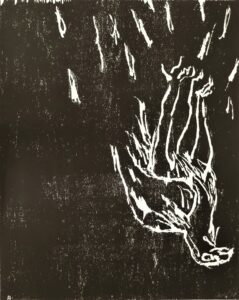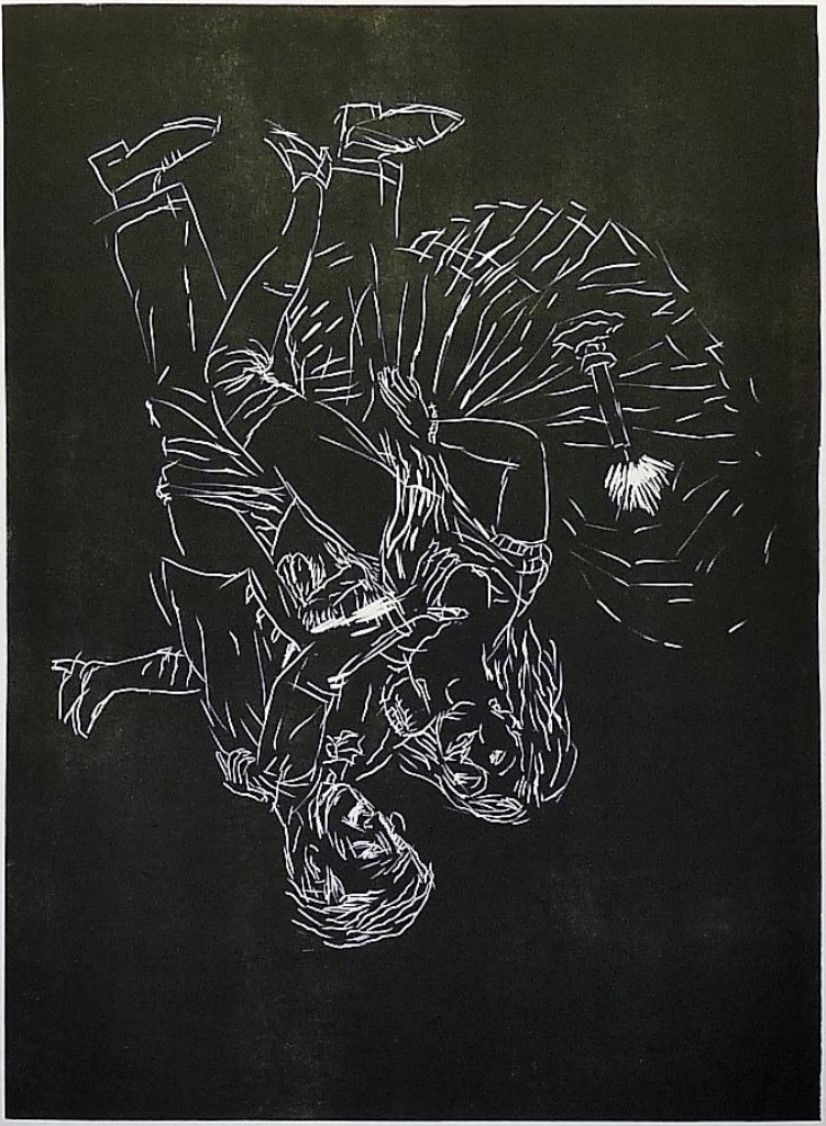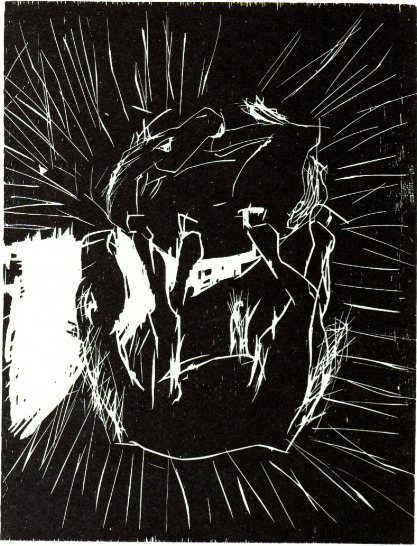Georg Baselitz Inversions
Growing up, Georg Baselitz was cut off from the artistic developments in Western Europe since he lived in East Germany. He left East Berlin’s Academy of Art in 1956 to pursue his education in West Berlin after being expelled for violating the regime’s rules for acceptable artistic expression. At this moment, he changed his last name to Baselitz in honour of his birthplace in Deutschbaselitz, in the state of Saxony. During his formative years, Baselitz learned the basics of printmaking at a West Berlin city-run studio for creatives. He began with etching and quickly switched to woodcut. While visiting Florence in 1965, he came across Mannerist prints from the sixteenth century whose iconography, especially the representation of the human body, had a lasting influence on his own cast of figure types. Pathos and identity have been constant topics throughout Baselitz’s lengthy career, developed through his peculiar poetic imagery. The most distinctive feature of all is the compositions’ inversion, flipped upside-down in what has since become his very own original format; this stance allows for the exploration of abstract features of the figure and mind.



View all prints by Georg Baselitz.
